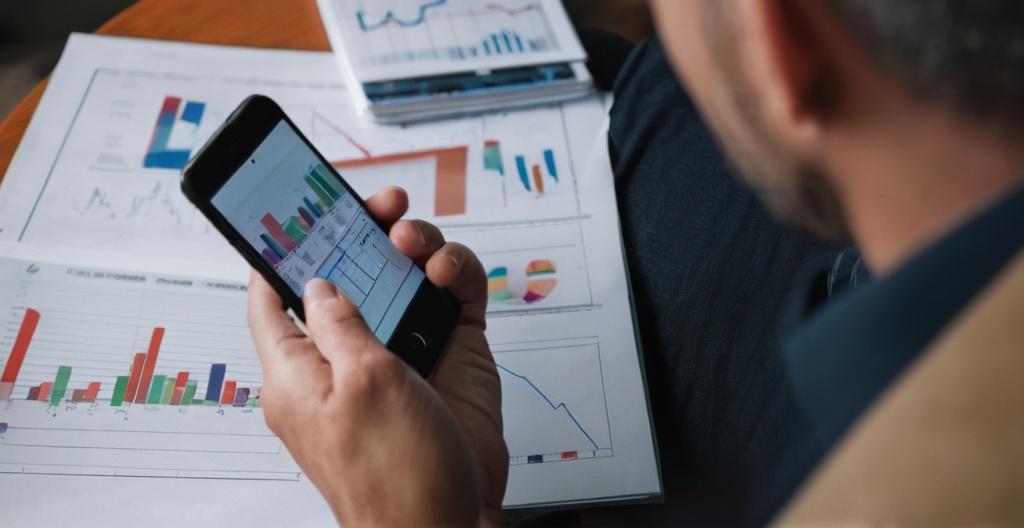Key Take Aways About Trade Lifecycle Management
- The trade lifecycle involves multiple interconnected stages post-execution, ensuring accurate and error-free processing of trades.
- Key stages include Trade Capture, Trade Validation, Trade Enrichment, Confirmation, and Settlement.
- Technology automates stages, reducing errors and increasing efficiency, while data analytics offers insights into trading patterns.
- Historical incidents like the 2010 Flash Crash underscore the importance of efficient trade lifecycle management.
- A holistic understanding of the trade lifecycle is crucial for maintaining stability and integrity in trading.

Understanding the Basics of Trade Lifecycle Management
Trading isn’t just about buying low and selling high. There’s a whole process that kicks into gear once a trade is executed, commonly referred to as the trade lifecycle. This isn’t your everyday stroll through the financial park—it’s a series of interconnected steps that transform a trader’s intentions into an executed trade while ensuring all the checks and balances are in place.
Trade Capture: The Starting Line
Imagine hitting the bumper cars at a fairground. You hop in, and the manager starts the ride by flipping a switch. In the finance world, the “switch” is the trade capture. It’s when the trade details are recorded in the system. Accuracy here is non-negotiable. You don’t want to mix up buying shares with selling them; that’d be like hitting reverse when you meant to go forward.
Trade Validation: The Reality Check
No one likes to hear they messed up, but that’s the point of trade validation. This step checks if the captured trade makes sense. Are the trade details aligned with the market conditions and your account? It’s like making sure your shoes are tied before a marathon; you can’t run effectively if you’re constantly tripping over loose laces.
Trade Enrichment: Adding Spice
Enrichment isn’t about turning the trade into fine wine; it’s more like ensuring all required details are properly filled. It completes the trade record. Missing out on this part would be like ordering a burger without the patty—just plain wrong. Accuracy continues to matter; one misstep can lead to a very confused trader down the line.
Confirmation: The Pinky Promise
In every good deal, there’s a handshake moment. In trading, that’s trade confirmation. Both parties—buyer and seller—agree on the trade details. It’s the financial equivalent of a pinky promise, except with legal bindings. It’s essential to verify everything here, as a mismatch can result in costly errors.
Settlement: Closing the Loop
Finally, the trade reaches settlement, when the actual exchange of securities and money occurs. Think of it as the checkout process when purchasing online. Here, delivery and payment are made; without this, stocks and funds are left hanging awkwardly in limbo. Settlements often happen through central clearinghouses, minimizing risk and ensuring everyone gets what they expect.
The Role of Technology
Modern technology plays a superhero role, ensuring trade lifecycles don’t morph into chaos. Automated systems capture, validate, and confirm trades with minimal human intervention, reducing errors and speeding up processes. It’s like having a spell checker for your finances, safeguarding against potential blunders.
Importance of Data Analytics
Data analytics isn’t just a buzzword—it’s crucial for making sense of trading patterns and market behavior. Analyzing trade data can uncover insights, like why your portfolio went south last Thursday or how to optimize future trades. It’s akin to solving a complex puzzle, except the pieces are financial data.
Case Studies: The Real Deal
The infamous “Flash Crash” of 2010 is a classic case demonstrating the significance of efficient trade lifecycle management. Erroneous orders can wreak havoc, causing massive market disruption in seconds. The event resulted in increased scrutiny and the introduction of new rules to prevent such destabilization.
Consider the 2008 financial crisis, where poor management and oversight contributed to meltdowns. These situations highlight that understanding and maintaining a well-structured trade lifecycle isn’t just helpful—it’s vital for stability and integrity in trading.
Final Thoughts
Navigating trade lifecycles isn’t about mastering a single step. It’s a holistic process that involves multiple stages, each with its own quirks and necessities. From initial capture to final settlement, each action impacts the next, forming a chain of events essential for successful trading. And remember, while technology and data analytics offer tremendous aid, understanding and vigilance remain your best allies in the fast-paced trading environment. So next time you make a trade, think beyond the numbers—consider the entire lifecycle buzzing beneath the surface.